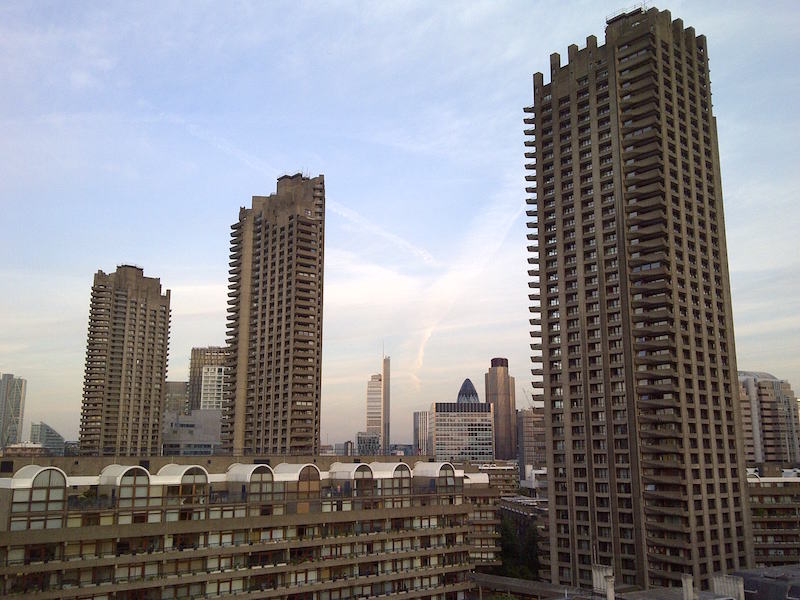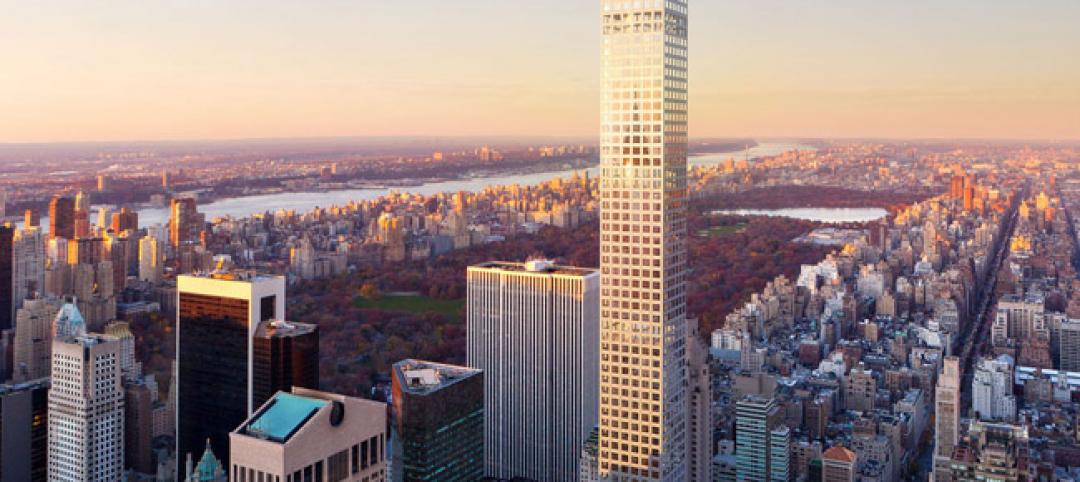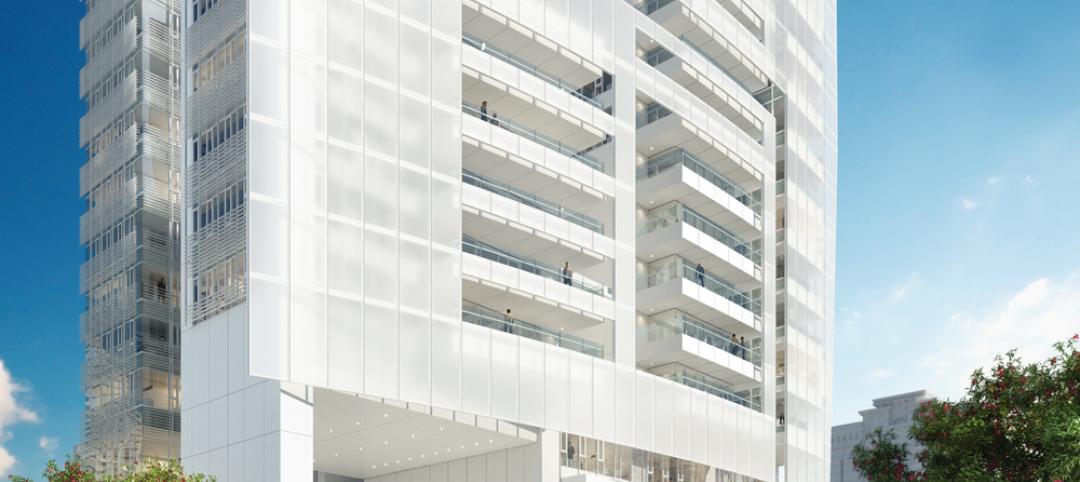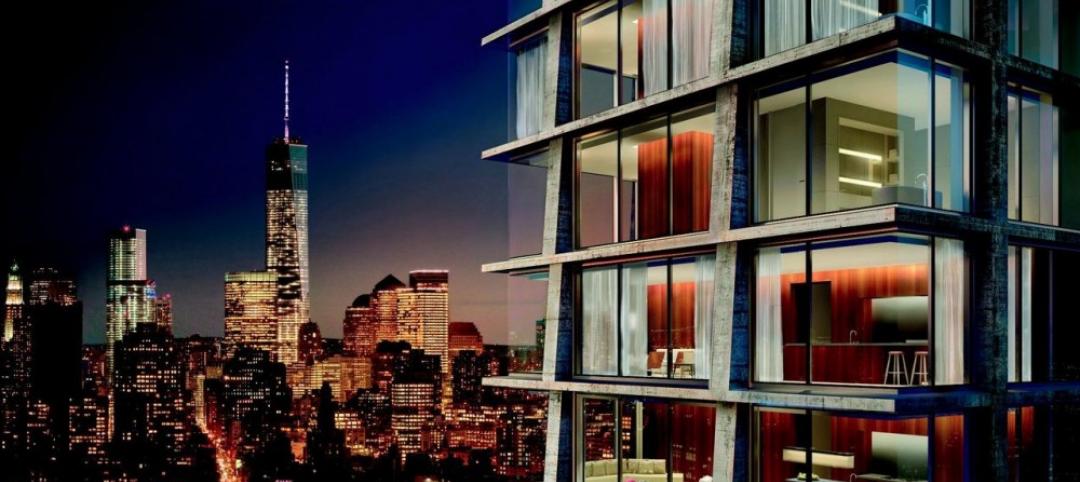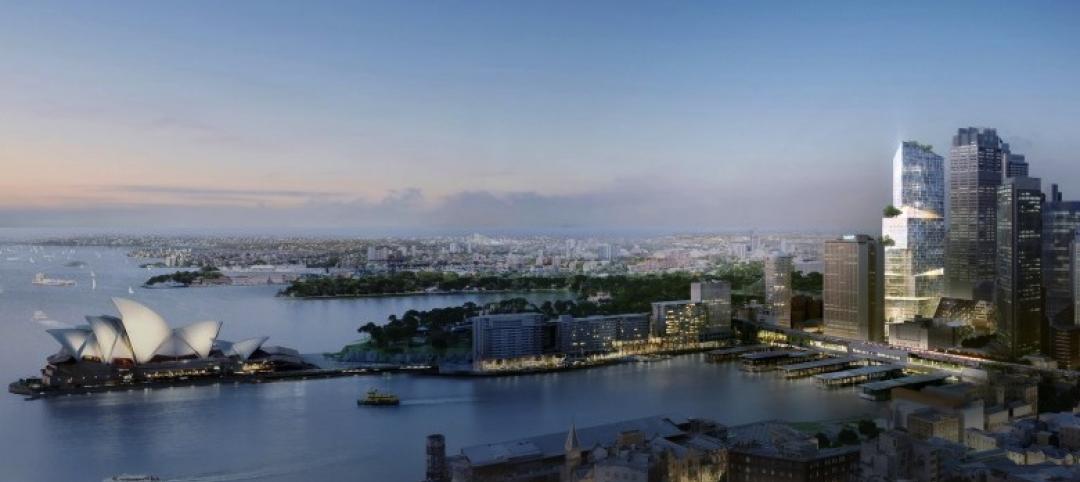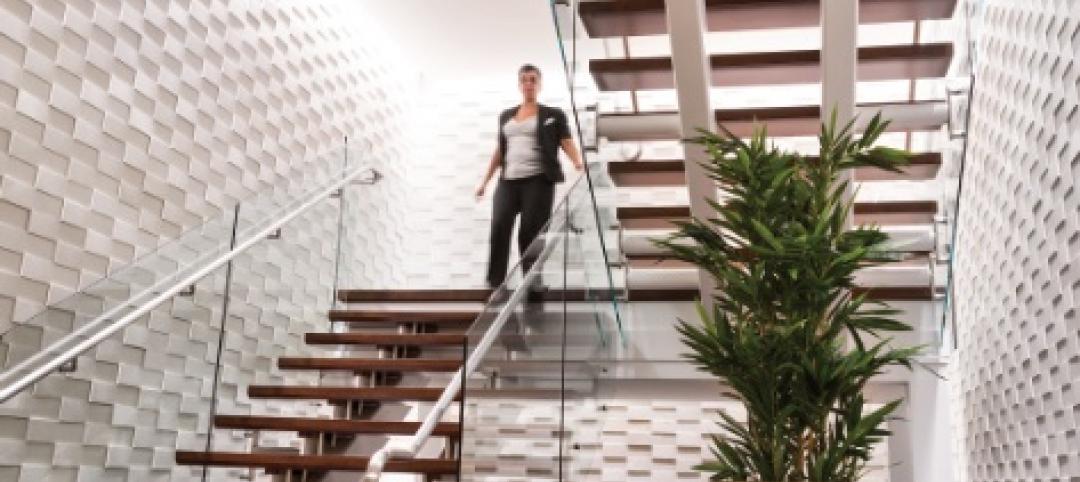Architects typically are a bit underrepresented when it comes to movies, television, and literature. Sure, there’s Mike Brady and Ted Mosby on the TV side of things, Doug Roberts from The Towering Inferno on the silver screen, and Howard Roark from Ayn Rand’s novel The Fountainhead. But the humble architect is nowhere near the heights set by police officers, businessmen, or politicians for being represented in fiction. But, as Tech Insider reports, "High-Rise," a new movie based on the book of the same name, is about to add to the list of stories about fictional architects.
It should be noted, however, that the architect in "High-Rise" takes on the role of the villain. The story centers on a young doctor who moves into a brand new high rise that contains everything a person would ever need. There are swimming pools, a school, and a supermarket all located within the large, brutalist structure. Additionally, the building divides its occupants into lower, middle, and upper class in literal terms, as the lowest floors are meant for the lower class and the top floors are reserved for the upper class.
It doesn’t take long for the fancy parties and opulent lifestyle enjoyed by the top floors, but not the bottom, to breed violence and fighting among all floors. Elevators and swimming pools are fought over and floors begin attacking each other for control of the building.
Meanwhile, our evil architect, Anthony Royal, sits in his top-level penthouse and watches with delight as the building and all of its tenants descend into madness.
So, yeah, it’s a pretty dark story, but it also offers some timely social commentary about the state of modern architecture. The Guardian’s Oliver Wainwright writes that the quote featured on the cover of the novel that reads “A hideous warning” suggests that Ballard’s intention with the story “was a damning critique of the inhumane direction modern architecture had taken.”
While the story is about much more than that, issues steeped in architecture and city planning are still definitely explored. For example, the lower class residents in the story at the bottom floors of the building strike up memories of “poor doors” (separate entrances for low-income tenants), which were just recently banned in New York City. Additionally, as luxury skyscrapers grow taller and taller, they sometimes end up blocking the sun at street level, prompting worries that sunshine could become a rare commodity in the urban landscape of the future for anyone not equipped to afford the high cost of living associated with these luxury buildings.
This London-based film arrives at a felicitous time for London, specifically. The city has plans for over 400 tall buildings to be constructed over the next few years. Many local residents are worried the addition of so many tall skyscrapers will prove to be a blight on the London skyline and ruin the aesthetic of the historic city.
Another somewhat frightening parallel that can be drawn between the story of this film/novel and reality comes in the form of the Sky Mile Tower, which Kohn Pedersen Fox recently revealed research for (although, no construction plans currently exist). This mile-tall building was designed with a similarly self-contained nature reminiscent of the fictional "High-Rise" building, such as including restaurants, hotels, gyms, libraries, and clinics, all within the structure. While the Sky Mile Tower is still a work of fiction itself, it is a little unsettling to see the similarities.
"High-Rise" comes to theaters on May 13th in the U.S. View the trailer here.
Related Stories
| Oct 15, 2014
Final touches make 432 Park Avenue tower second tallest in New York City
Concrete has been poured for the final floors of the residential high-rise at 432 Park Avenue in New York City, making it the city’s second-tallest building and the tallest residential tower in the Western Hemisphere.
| Oct 14, 2014
Richard Meier unveils design for his first tower in Taiwan
Taiwan will soon have its first Richard Meier building, a 535-foot apartment tower in Taichung City, the country’s third-largest city.
| Oct 6, 2014
Moshe Safdie: Skyscrapers lead to erosion of urban connectivity
The 76-year-old architect sees skyscrapers and the privatization of public space to be the most problematic parts of modern city design.
| Oct 3, 2014
Herzog & de Meuron unveil design for Manhattan hotel-condo tower [slideshow]
Herzog & de Meuron will partner with interior designer John Pawson to design a 28-story tower for Manhattan's Bowery district. The majority of the building will house a 370-room hotel, with 11 luxury residences on its top.
| Sep 30, 2014
With its 'stacked volumes' scheme, 3XN wins bid to design high-rise in Sydney
By dividing the 200-meter building into five separate volumes and placing atria throughout each volume, the spaces become smaller, more intimate social environments, according to the Danish architects.
| Sep 23, 2014
Cloud-shaped skyscraper complex wins Shenzhen Bay Super City design competition
Forget the cubist, clinical, glass and concrete jungle of today's financial districts. Shenzhen's new plan features a complex of cloud-shaped skyscrapers connected to one another with sloping bridges.
| Sep 22, 2014
Swanke-designed Eurasia Tower opens in Moscow
The 72-story tower—the first mixed-use, steel tower in Russia—is located within the new, 30 million-sf, 148-acre Moscow International Business Center.
| Sep 17, 2014
Arquitectonica's hairpin-shaped tower breaks ground in Miami
Rising above Biscayne Bay, the 305-meter tower will include three viewing decks, a restaurant, nightclub, and exhibition space.
| Sep 16, 2014
Ranked: Top hotel sector AEC firms [2014 Giants 300 Report]
Tutor Perini, Gensler, and AECOM top BD+C's rankings of design and construction firms with the most revenue from hospitality sector projects, as reported in the 2014 Giants 300 Report.
| Sep 15, 2014
Argentina reveals plans for Latin America’s tallest structure
Argentine President Cristina Fernández de Kirchner announces the winning design by MRA+A Álvarez | Bernabó | Sabatini for the capital's new miexed use tower.


